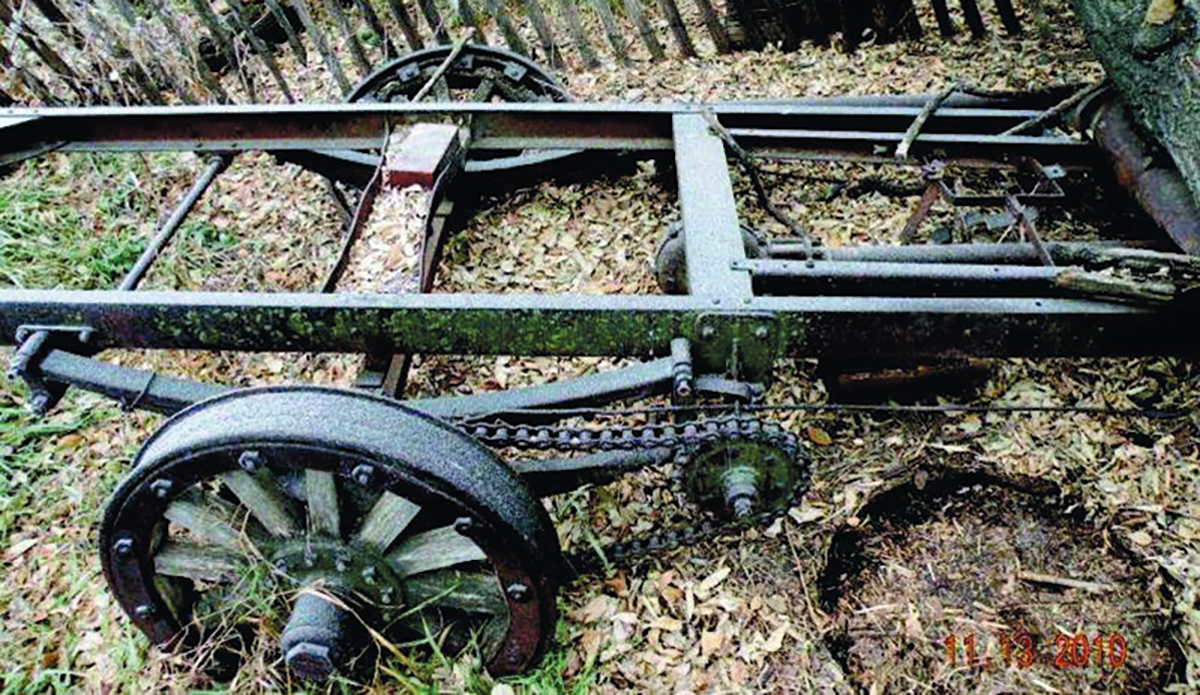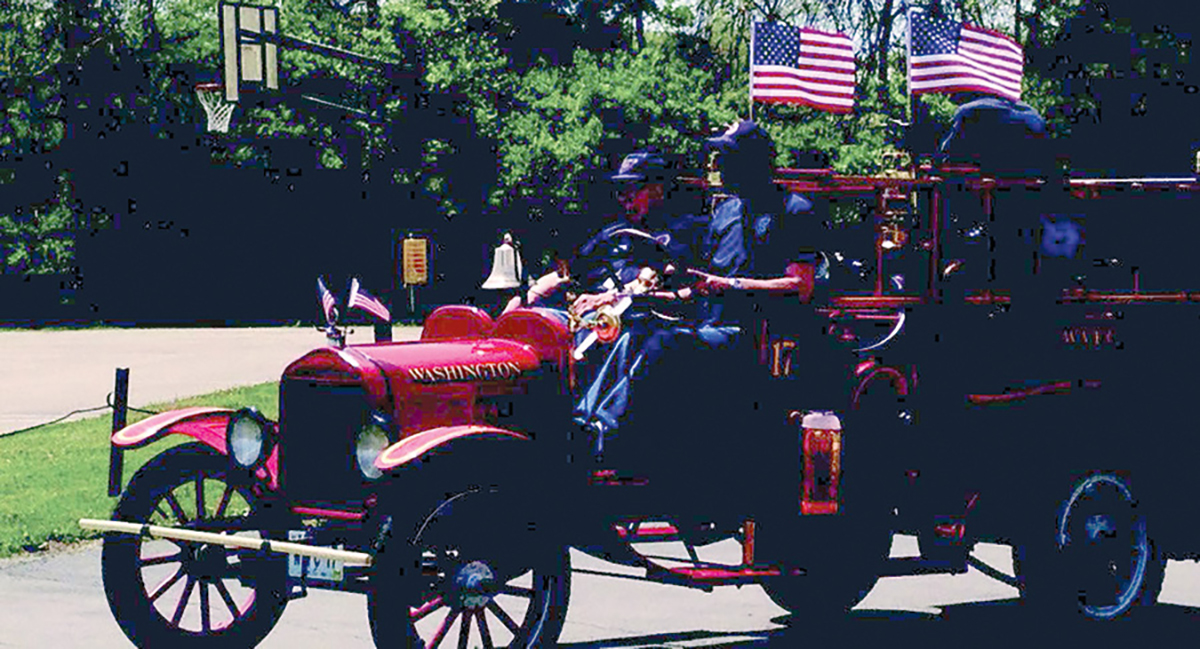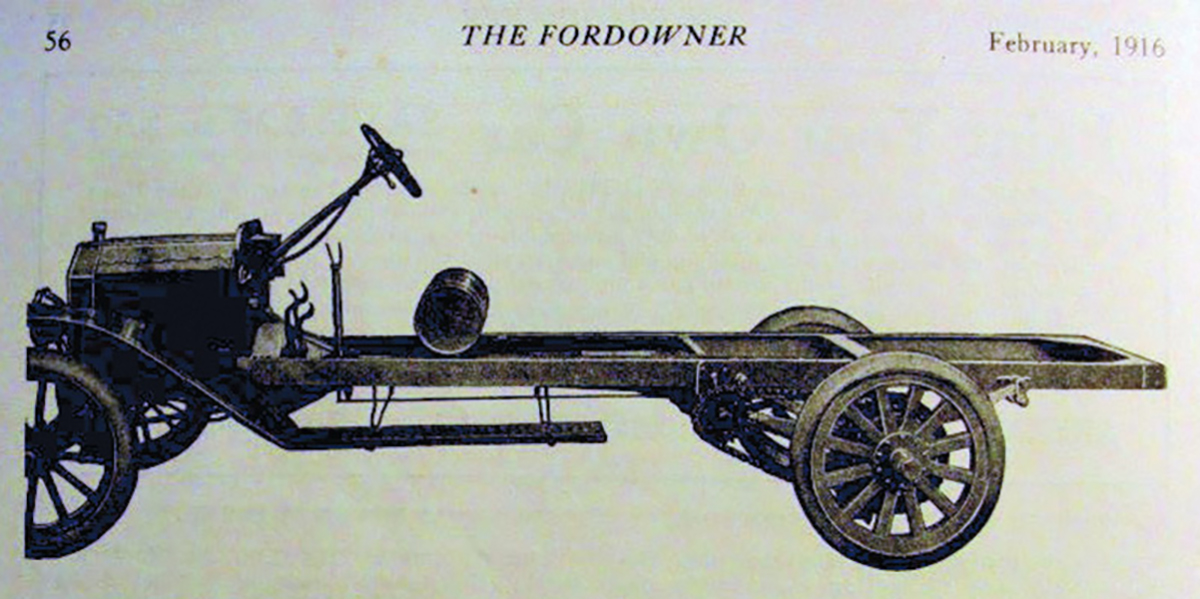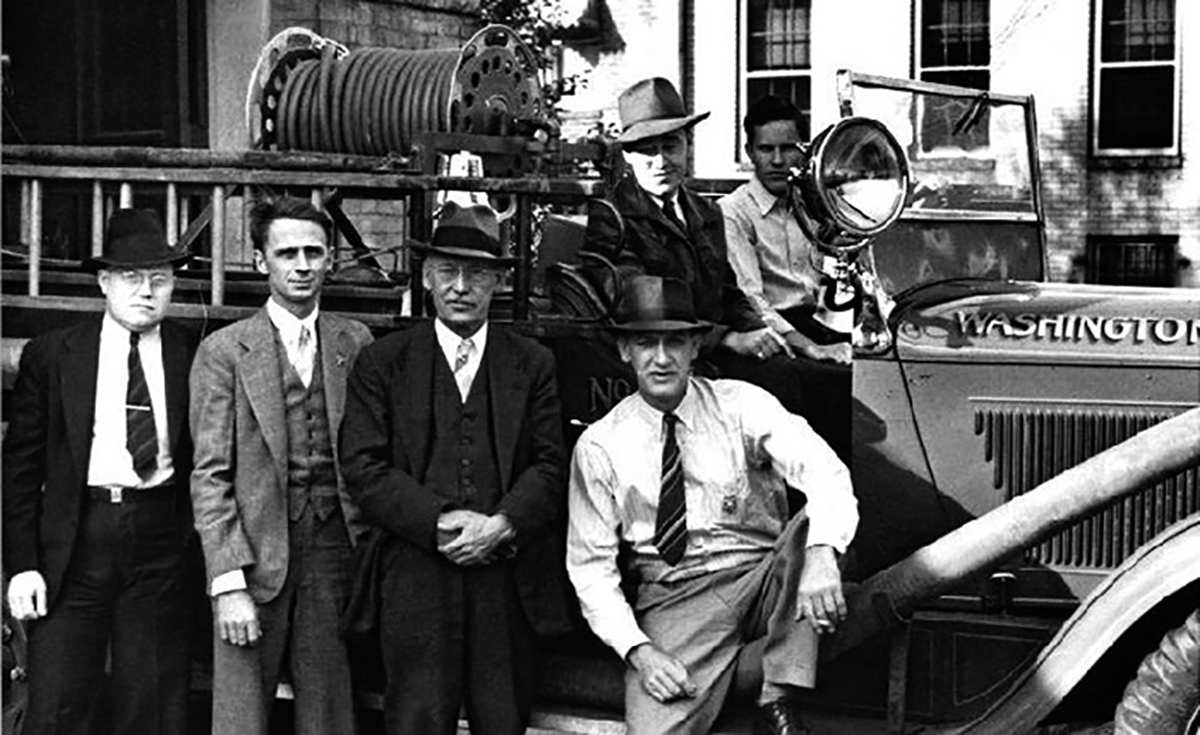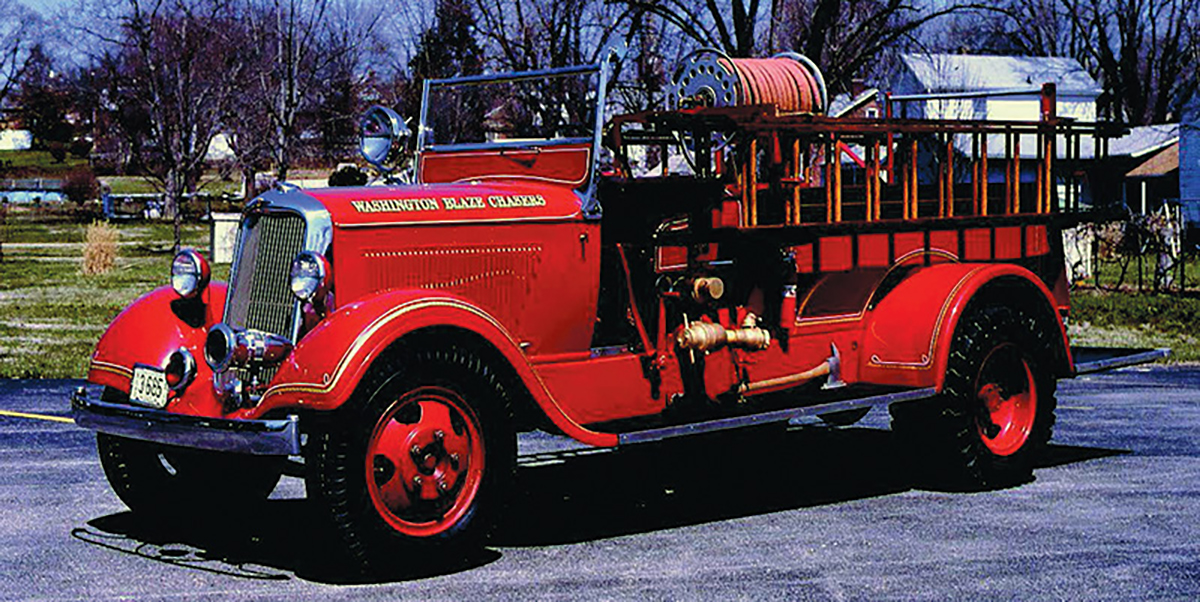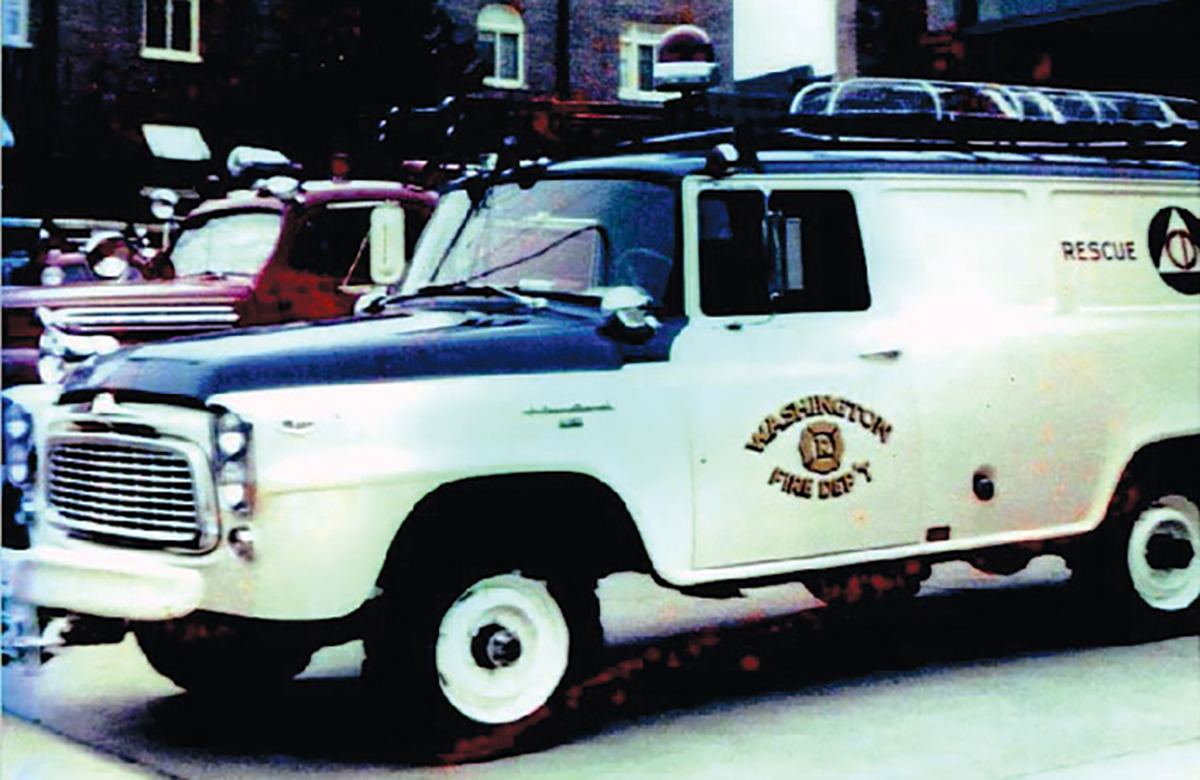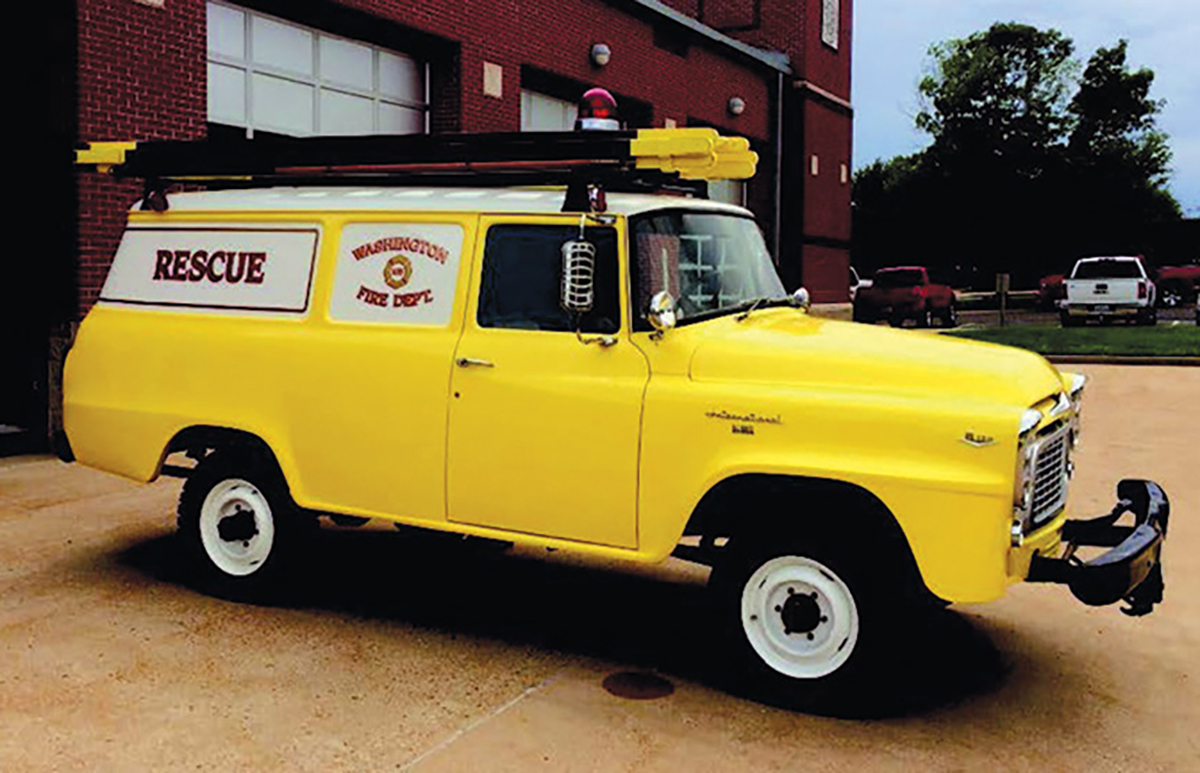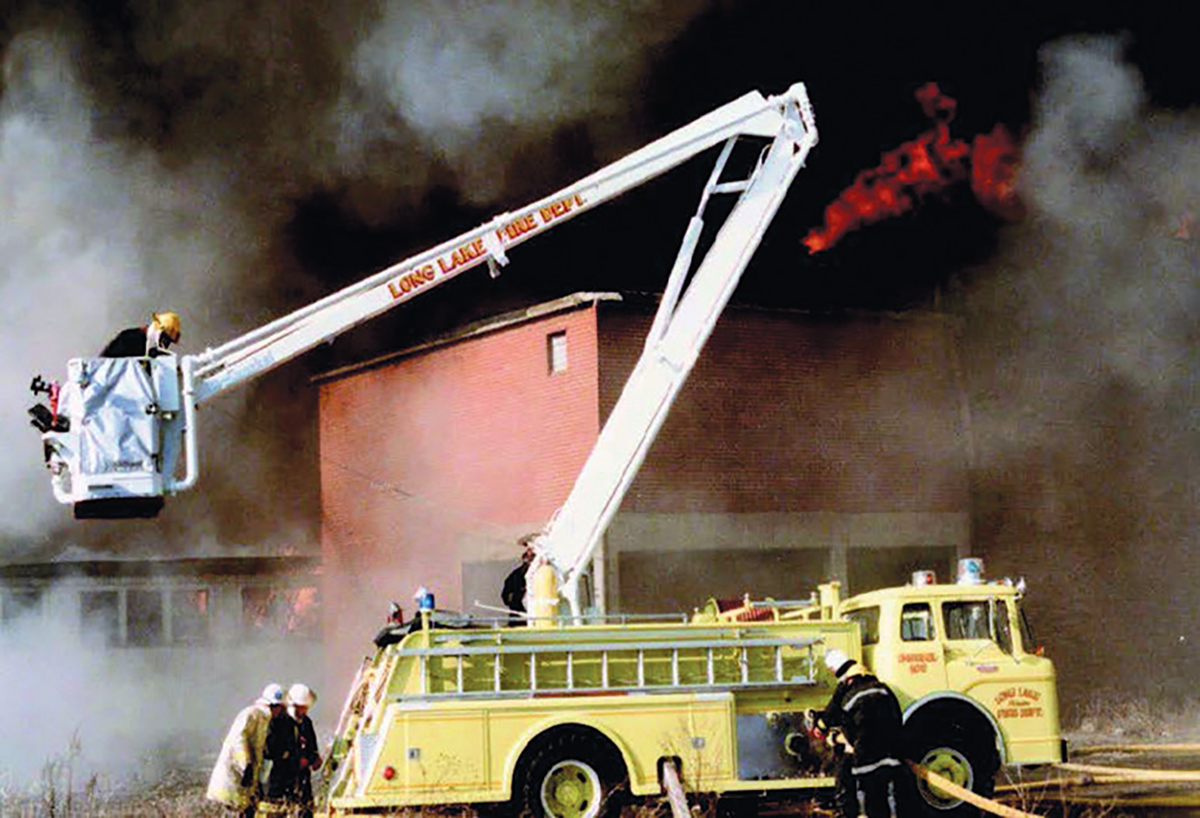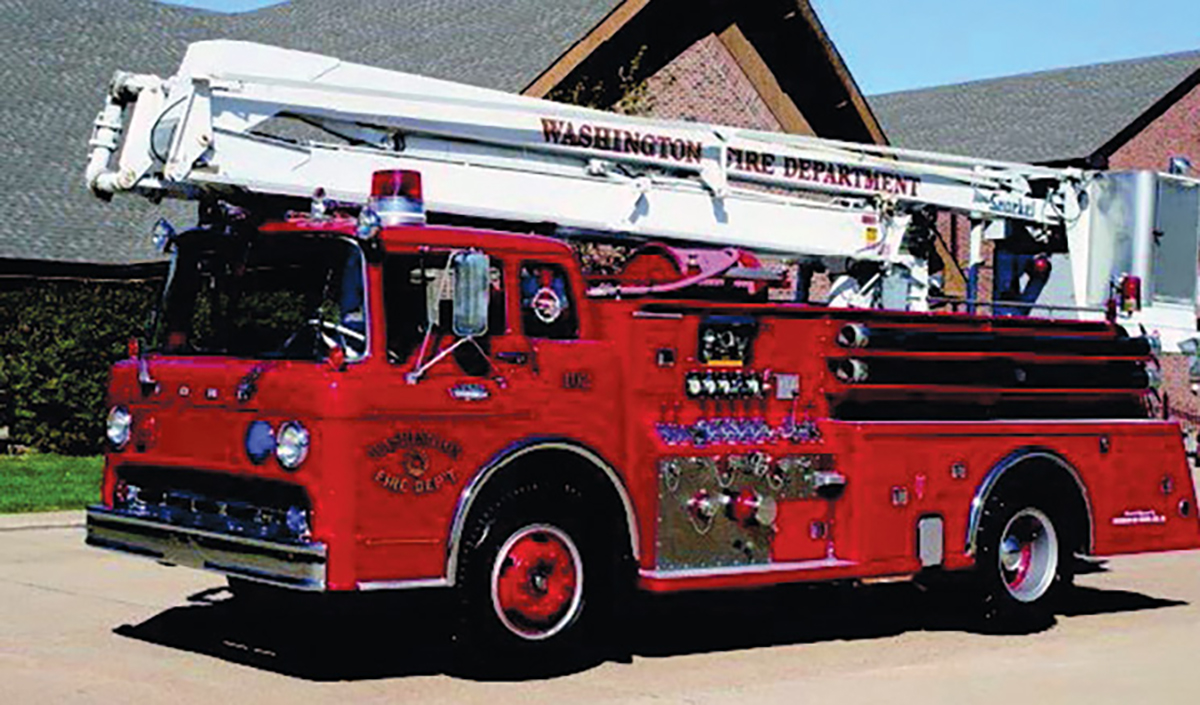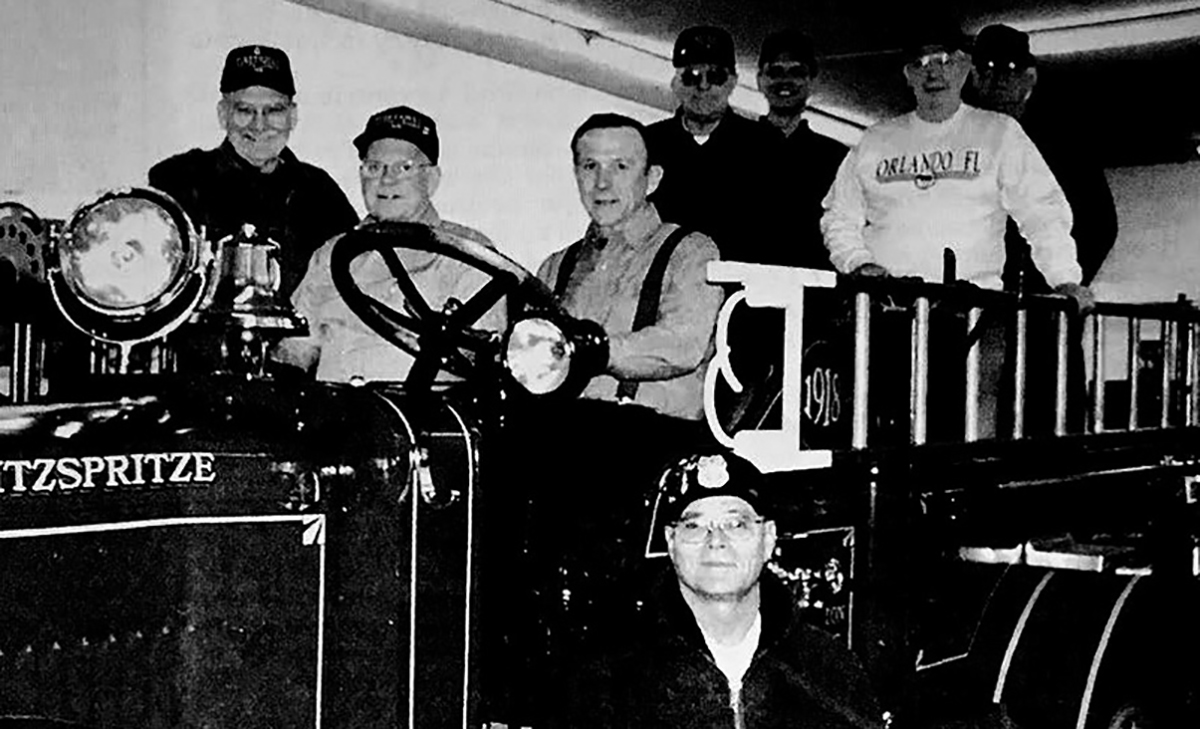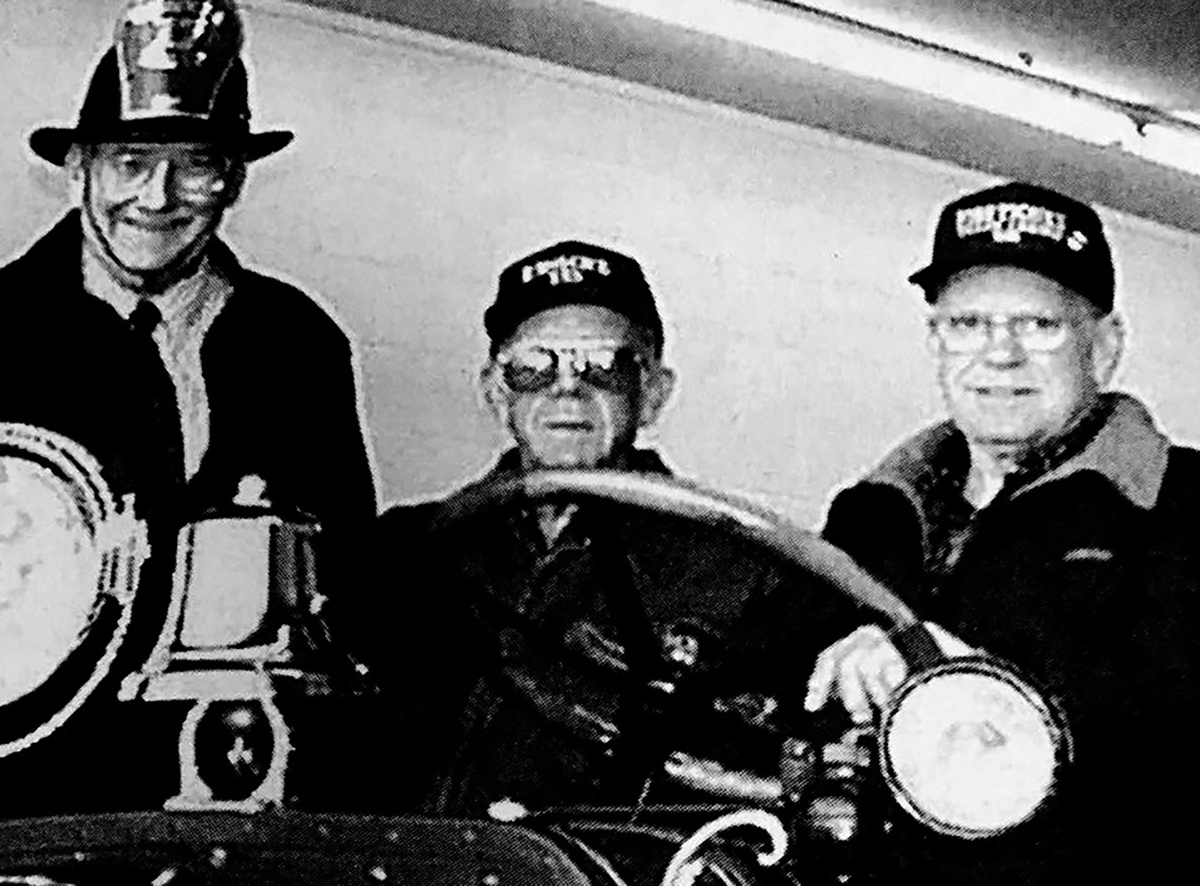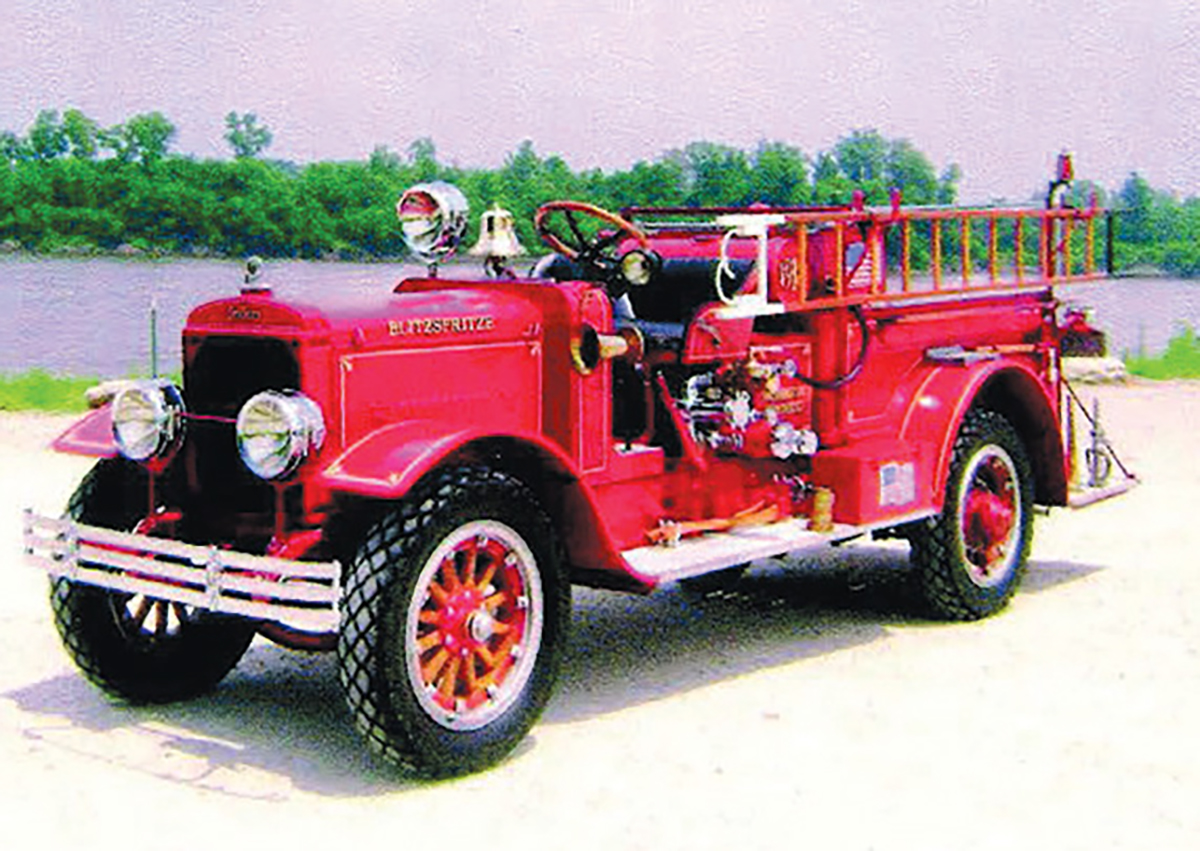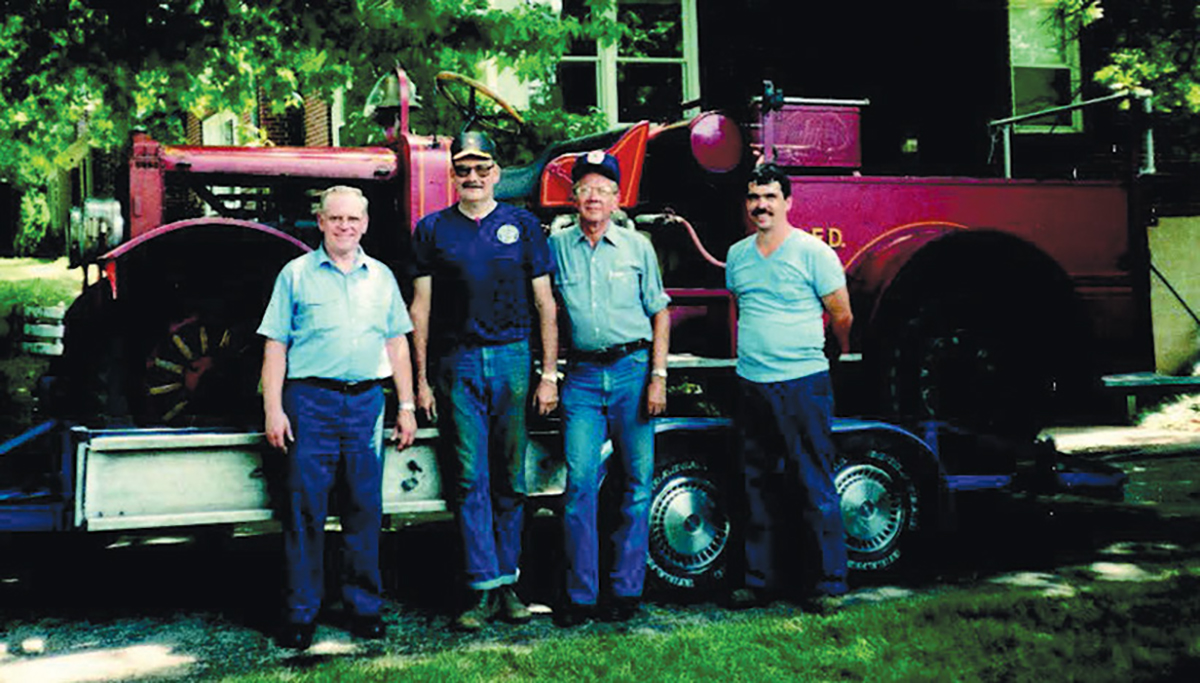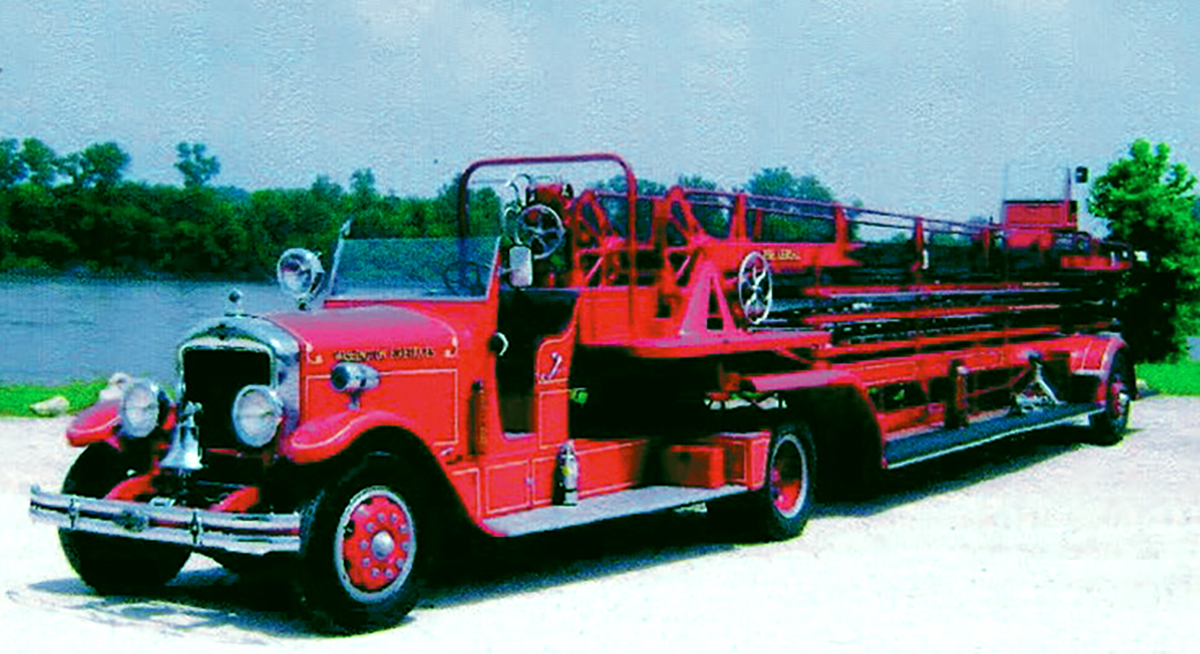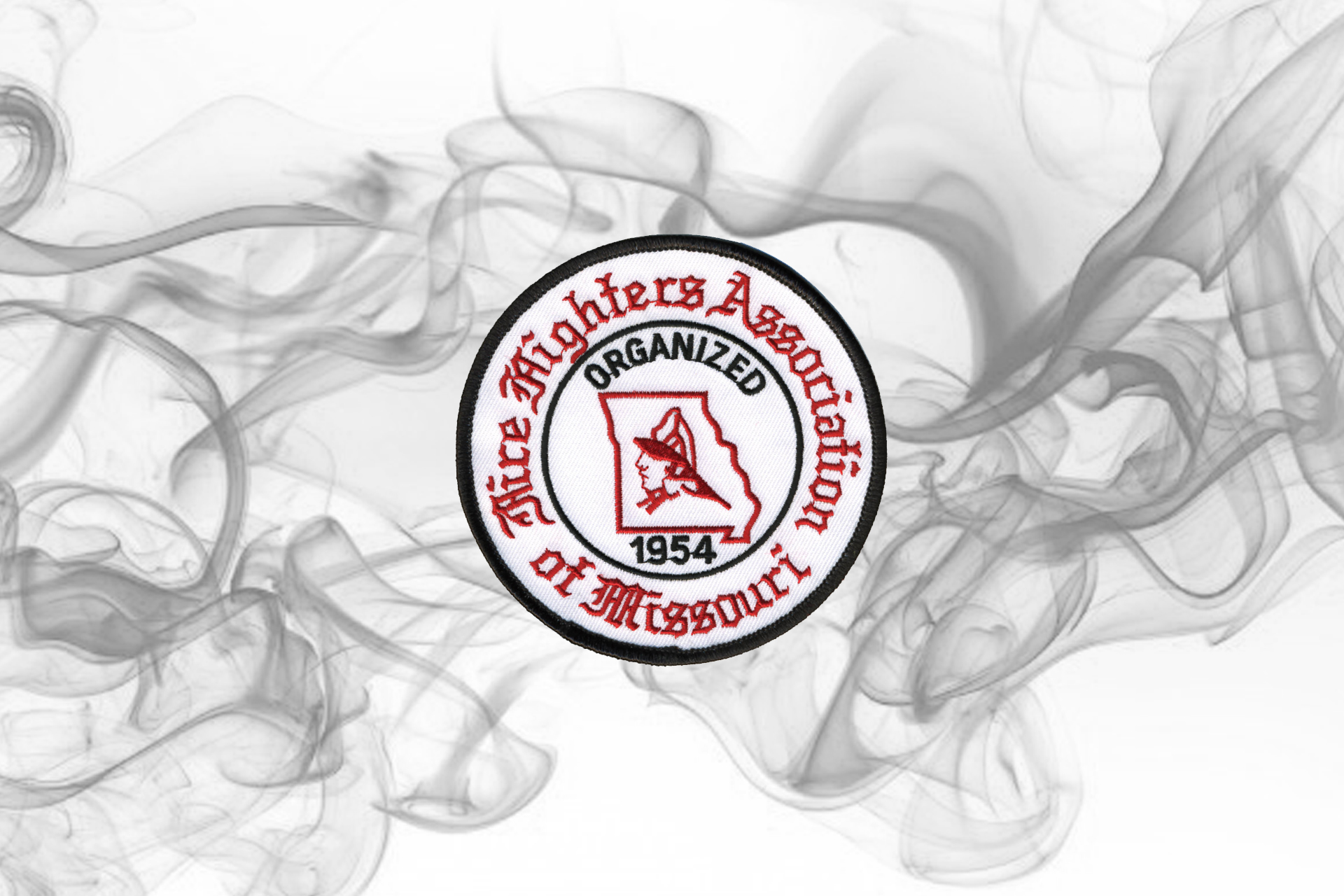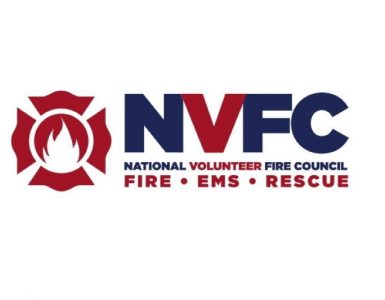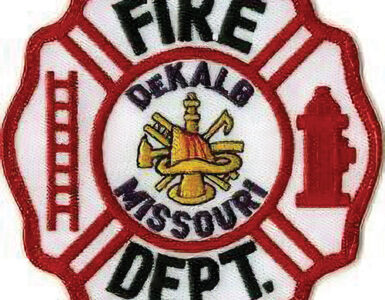As we indicated in part one of this article in the last newsletter, we will now feature the real experts in apparatus renovation. The Washington Volunteer Fire Company has a long and rich history which has been reinforced by years of work by a number of their members collecting and restoring much of their apparatus from the past.
I believe the passion for their restoration efforts stem from the “built in” German ancestry in the community and the fire department tradition of excellence over the last couple of centuries.
I asked my friend Chief Tim Frankenberg to give us a little rundown of each of these restoration efforts and his comments have included within this article. A special thank you goes out to him and all of the WFD folks who devoted their time and effort to providing the community with this apparatus history.
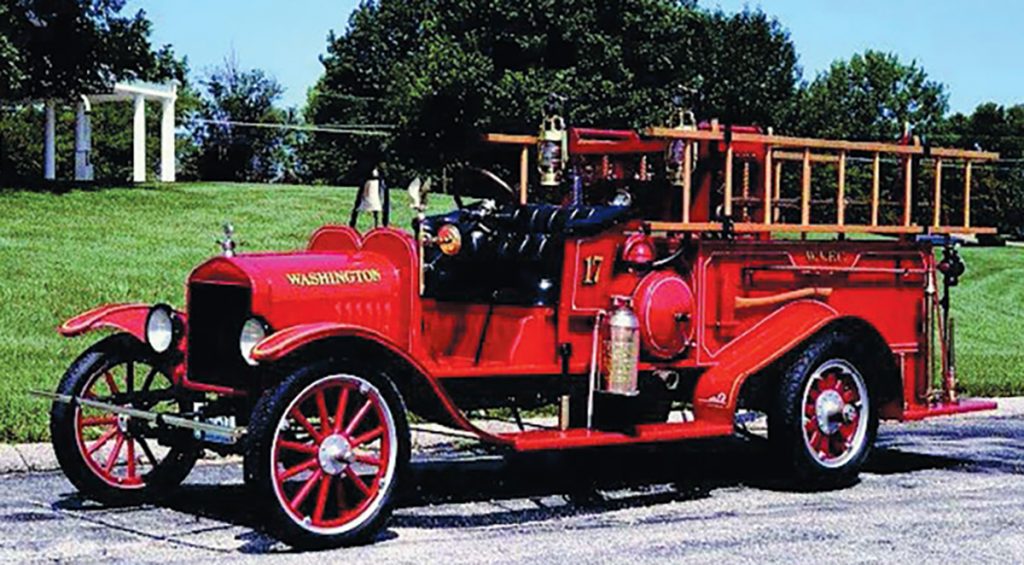
THE FIRST OF MANY APPARATUS RENOVATIONS
The Washington Blaze Chasers led the investigation of what happened to the first WFD truck, the 1917 Model T. It was located in the mid 1980’s in a junk yard just blocks from the present headquarters. The truck was known to be sold to the Stumpe’s and they confirmed it was in their salvage yard. The truck was unique in that it was a Model T car with a Smith Form-A-Truck modification. The Smith Form-A-Truck added a frame extension and replaced the existing rear wheel with a large sprocket and a new axle was installed on the extended frame with a chain drive. The truck had very little left and was built from the ground up.
THE SMITH FORM-A-TRUCK INTRODUCED IN FEBRUARY OF 1916
When introduced in 1916, the Smith Form-A-Truck concept was billed as the most useful product and most important advancement since the introduction of the motor car. The concept was simple. With a frame extension and chain drive from the original rear axle to a heavy duty truck axle and you have a truck. The photo of the axle and extension shown with the parts in the junk yard shows the concept.
This is how the Washington Model T car was transformed into a fire truck. The most unbelievable part of the story is those parts stayed in that junk yard till 1980, when they were needed. Original parts came from the Smith Form-A-Truck Company in Chicago, Illinois.
A firefighter’s father completed much of the woodworking in Columbia, IL. The frame was brought to Columbia and then the truck was brought to Washington for finish, painting and graphics. Much of the work in Washington was completed in the basement of then Fire Station 3.
The truck has been at countless musters, parades and shows. The photos include the frame with the chain drive in the junk yard. The truck was included on the cover of the Ford Times book and has traveled the State for FFAM conventions, St. Louis Fire Muster and many others.
THE SECOND EFFORT 1935 DODGE BROTHERS CENTRAL
This was the second truck and this started the desire to look at the history of Washington FD apparatus and created relationships with members of the Gateway Fire Historical Society.
The 1935 Dodge Brothers Central truck was number two and ran out of downtown. Past Chief Hahne was one of the primary drivers and rumors abound that he had it on two wheels more than once rounding a corner. Though he denies it adamantly with a smirk. This truck is what started the history collection. It was purchased by a group of firefighters that incorporated as the Washington Blaze Chasers.
This group of 26 purchased the truck and had some “rules.” New owners could only be added if an existing member died so membership was exclusive. Over time the group dwindled and the truck suffered a tragic setback on May 7, 2000 when a flash flood swamped Washington and caught the Blaze Chaser as well. The group restored the truck again to running condition and it is stored at the former Washington Station 3, now the Historical Society Museum. The truck routinely makes parades in the Washington area often with Don Hahne behind the wheel of this familiar piece. When I was a kid, the truck was used in the fire prevention parade to transport poster contest winners. The Washington Blaze Chasers disbanded in 2018 and Washington Firetiques purchased the owners share of the truck.
THE ONE AND ONLY UNIQUE FORD/TOWERS 1963 SNORKEL AND 1959 CIVIL DEFENSE RESCUE
I started my career as an instructor with the extension division of the University of Missouri in the fall of 1963. All of the fire departments in the Franklin/Gasconade County Fire Association were very involved in the fire training program. It was only natural that I spent a lot of time there and became totally impressed with the department’s personnel and equipment.
Two of the most unique apparatus were the snorkel and the civil defense rescue in Washington.
The 1959 International was originally a civil defense truck. The opportunity arose to acquire the first volunteer rescue squad truck and a group purchased and conducted a frame up restoration.
The Rescue 105 Group supervised the restoration, repainting, wiring and seeking out equipment for the truck to restore it to its second phase as a yellow rescue squad.
The work included graphics by past Captain Jim Peters with Jim Peters signs and woodwork for the interior floor completed by past Captain Ron Eckelkamp, his son Lieutenant Patrick Eckelkamp and their employer Wahle’s Wood Works and Moulding Inc. The truck is nearly perfect in finish and appearance with pain staking time and attention for the most minute detail.
The 1963 snorkel was a legend in its own right. Dennis Maag with Fire Apparatus Journal penned a piece about the truck and its rich history. Washington had the truck in service until 1985. It was then sold to the Long Lake, IL Fire Department for $45,000, more than the original purchase price.
Long Lake painted the truck lime yellow and kept it in service until 1997. They sold the truck to Lebanon-Emerald Mount Fire Protection District. On a Good Friday trip, I stopped by to visit the old rig and met some fine firefighters at their annual Good Friday fish fry. I requested when they sell the unit to give the Washington personnel an opportunity to buy the truck back and return it home. In May 2008 a group traveled to Lebanon and drove the truck back to Washington with the stipulation past Chief Hahne drives the last leg home. The senior members were comfortable behind the wheel and the truck made a run on the way home as it drove up on a vehicle accident. The Washington Snorkel 102 Corporation was formed and shares sold of ownership. The company holds quarterly meetings reviewing the expenses, income, maintenance, general needs and other business. The snorkel is road worthy and the boom still operates. The pump shift needs a bit of work, but overall the truck is in great condition for a 56 year old truck.
1918 JEFFREY ENGINE
The restoration of the Model T sparked a bug for restoration of fire trucks. Kenny Haberberger, Skip Otto and Al Fischer began talking to and visiting the Gateway Fire Historical Society and there was an opportunity to buy a truck. There was an opportunity to purchase a 1918 Jeffrey for $500. The trio purchased the truck, formed Firetiques and they began the restoration and learning the history of the Jeffrey. Once the Jeffrey was completed, the group sought out another truck. This time they stumbled on a 1936 American LaFrance tiller ladder. The truck sat outside a lot due to the size. The group realized they needed a bit more help and opened up membership of Firetiques. Nine more joined the company and helped fund the restoration of the American LaFrance tiller. Eventually they purchased the 1935 Blaze Chaser to ensure it stayed within Washington.
The original trio of Firetiques and the new group and the tiller in all its glory are pictured. The tiller became a challenge to store and a buyer was sought. After a few years of the truck being on the market, a buyer in Birmingham, AL purchased the truck and have it stored indoors with numerous other trucks. The tiller began service in Windsor, Ontario, Canada and was in frontline service until at least 1968. The ladder was partially burned off at a fire so the once 85’ ladder was a 75’ ladder. The ladder was never raised by the Firetiques crew more than a few feet as the ladder was spring loaded and the condition of the ladder was in question.
THE STORY OF REAL NEIGHBORS AND THE 1973 MACK ENGINE
In 1973 the Washington FD placed in service its first custom truck, a Mack CF-600 with the first diesel engine. The Mack has a Maxidyne Engine and the Mack five speed, unsynchronized transmission with a 1,000 GPM two stage Waterous pump. The gold Mack bulldogs are the indication of the “all Mack” powertrain. The Mack was in service until 1997 and it was sold to the Hermann Fire Company. The members of Washington fire were regular visitors to Hermann and kept tabs on it. As Hermann replaced trucks, some of the crew became antsy to bring the Mack home.
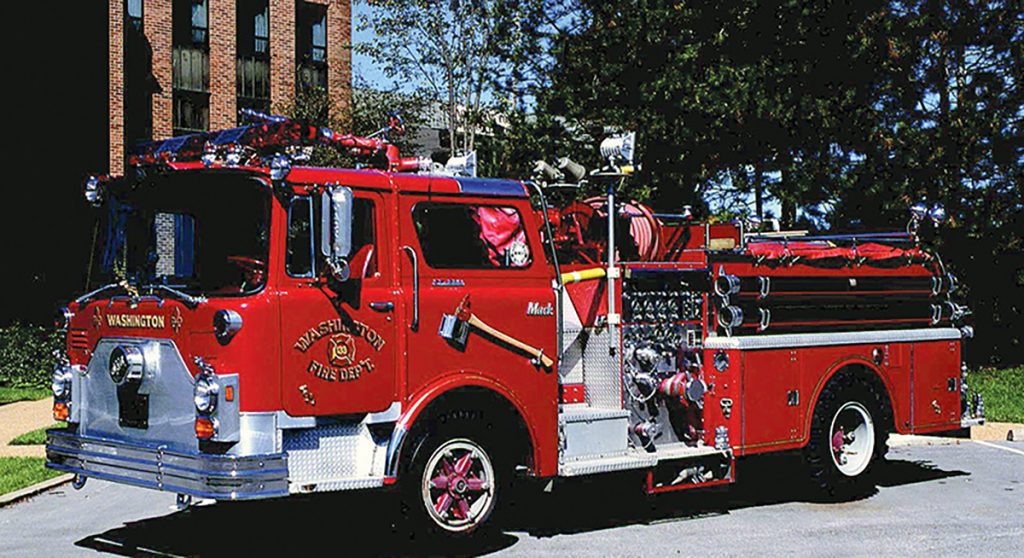
In 2018, the Hermann Fire Company decided to donate the Mack to the Washington Volunteer Fire Company. A group formed the Mack 103 Corporationand a transition is taking place for keeping a bit of history alive with the Mack. The Mack was brought home and is presently in storage. It starts without issue and is still a phenomenal machine.
Based on this article and the number of restored fire apparatus that are shown in it I think Washington takes the prize for the number of rigs that have had life breathed back in them. It would be impossible to estimate the number of hours that have been devoted to all these apparatus and it has surely been a labor of love.
Over the years I have had the good fortune to know many of the folks that are players in these restoration efforts. Al Fischer was the local Standard Oil dealer and long time assistant chief of the WFD. I always looked forward to seeing him on my visits to Washington because he was a real awesome guy.
Jim Peters, who is given credit for most if not all of the graphics on these vehicles, is in my judgment the best “gold leaf guy” in the world. We brought our first one ton Chevy rescue truck from the newly formed Boone County Fire District in the early 1970’s to Jim, to do the graphics.
Thanks to everyone at WFD for all the info for the article and more importantly, thanks for being my friend all these years.


